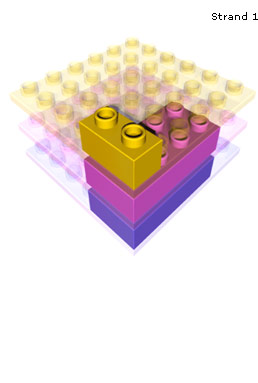|
|
 |
Physics |
|
|

 |
 |
 |
Objects change their motion when a new force is applied. Laws of motion are used to calculate precisely the effects of forces on the motion of objects. The magnitude of the change in motion can be calculated using the relationship which is independent of the nature of the force. Whenever one object exerts force on another, a force equal in magnitude and opposite in direction is exerted on the first object. |
|
|
 |
 |
An object that is not being subjected to a force will continue to move at a constant
speed and in a straight line. The position of an object can be described by locating it relative to another object or the background. If more than one force acts on an object along a straight line, then the force will reinforce or cancel one another, depending on their direction and magnitude. Unbalanced forces will cause changes in speed or direction of an object's motion. |
|
 |
 |
The position and motion of objects can be changed by pushing or pulling. The size of the change is related to the strength of the push or pull. An object's motion can be described by tracing and measuring its position over time. The position of an object can be described by locating it relative to another object or the background. |
|
|
|
|